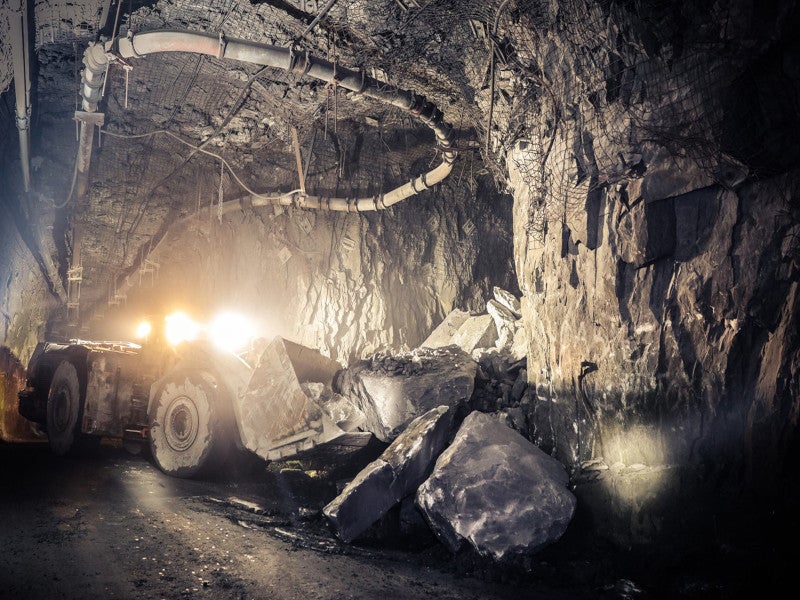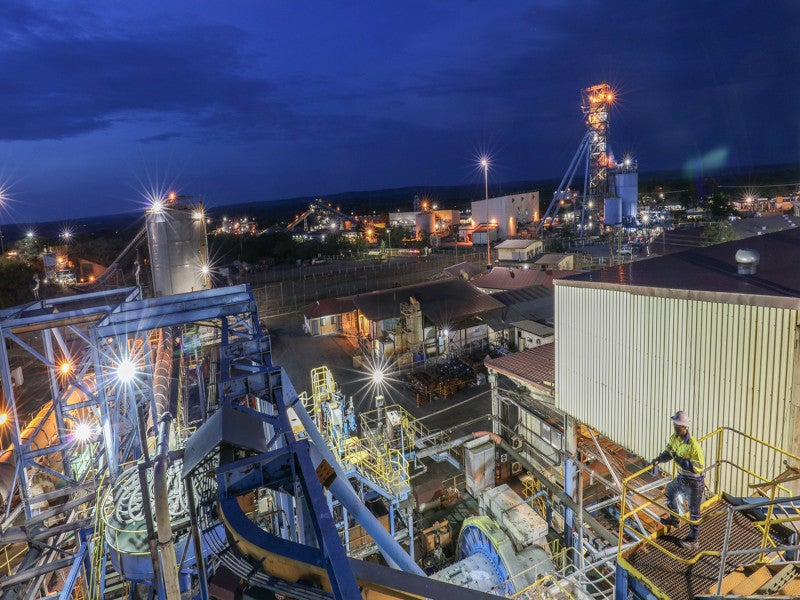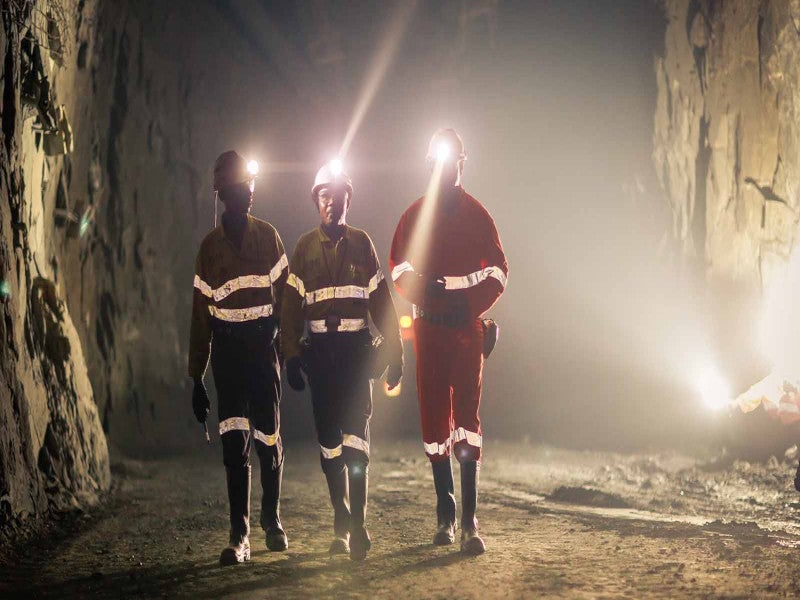The Bulyanhulu gold mine located in the Kahama district of Tanzania is an operational underground mine.
The project is a part of Twiga Minerals, which is a joint venture between Barrick Gold and the government of Tanzania.
The first gold was poured in April 2001 and the life of mine (LOM) is estimated to be up to 2034.
The Bulyanhulu gold mine produced 180,000 ounces (oz) of gold in 2023.
Project location
Bulyanhulu gold mine is located in northwest Tanzania, within the Kahama district of the Shinyanga region. It is situated 55km south of Lake Victoria and 150km southwest of the city of Mwanza.
Geology and mineralisation
The Bulyanhulu mine lies in the shear-hosted quartz-veined deposit, which comprises Archaean rock formations. It hosts mafic volcanic flows overlaid by a series of pyroclastics and ash tuffs. Argillite is hosted between the mafic and felsic rocks present at the mine.
The mine consists of five different deposits – the Main, East and West zones and Reefs 0 and 2.
Bulyanhulu is a narrow-vein gold mine that contains mineralisation of gold, silver and copper in sulphides. The mineralisation at Bulyanhulu is associated with steeply dipping argillite units known as Reefs.
Reserves
The Bulyanhulu gold mine is estimated to contain proven and probable reserves of 18 million tonnes (Mt) grading 6.05g/t of gold (Ag) with 3.4 million ounces (Moz) in contained gold, as of December 2023.
Mining method at Bulyanhulu gold mine
The Bulyanhulu mine is managed as an underground trackless mining operation. It is mined using four mining methods: longhole sublevel stoping, conventional cut and fill stoping, mechanised drift and fill stoping, and alimak stoping.
The underground mine is accessible via a vertical shaft extending 1.1km down to the 3940 level, as well as through an internal ramp system that starts from the surface and passes through a box cut.
The two main ore bodies, Reef 1 and Reef 2, are being mined. Reef 1 Upper West is currently in progress, while excavation of Reef 2 Upper East is set to begin in 2026 to access expanding near-surface reserves.
Ore processing
The run-of-mine (ROM) ore is crushed in a primary jaw crusher, followed by a secondary cone crusher. The crushed ore is reclaimed from the stockpile using vibrating feeders and is fed into the semi-autogenous grinding mill.
The primary cyclone overflow is channelled to the rougher flotation cells. The rougher tailings are condensed and either relegated to the tailings storage facility or repurposed as underground paste backfill material.
The rougher concentrate is forwarded to a Falcon concentrator for gravity-assisted gold recovery. The concentrate from the Falcon undergoes leaching in an intensive cyanide leach reactor. Meanwhile, the tailings from the Falcon concentrator are recirculated to the regrind mill cyclone’s closed circuit for additional grinding and classification before advancing to the cleaner flotation circuit.
A GlyCat™ glycine leaching technology by Draslovka, a chemical technologies, products and services company, was integrated into the leaching circuit in February 2024. The technology led to an 80% reduction in cyanide consumption while achieving gold recoveries that are comparable to traditional cyanidation.
The ICR tailings are rinsed before being returned to the flotation cleaning circuit, and the concentrate is sent to the electrowinning circuit, followed by smelting to produce gold dore bars.
The cleaning circuit comprises four stages, and in the final stage, the concentrate is directed to the concentrate thickener. The cleaner scavenger tailings stream is fed to the carbon-in-leach plant for gold extraction to produce more.
The concentrate thickener underflow is pumped to a Larox filter via a stock concentrate storage tank to produce a cake with 8% to 10% moisture content. The final concentrate is loaded into containers.
Site infrastructure at Bulyanhulu gold mine
The Bulyanhulu mine is accessible via a private airport and local unpaved roads that connect to the main highway near Kahama.
The electricity to the mine is supplied by the Tanzania Electric Supply Company via a 220kv overhead grid network, which connects to the Shinyanga station.
Contractors involved
Byrnecut was awarded the development contract at Bulyanhulu in February 2014, with a scope of works including decline and lateral development, and haulage.
Capital, a prominent mining services company, secured two contracts in November 2020. The initial contract comprises a five-year laboratory services agreement with MSALABS, a company specialising in assay services. MSALABS has an ongoing laboratory management and analysis service for the Bulyanhulu mine under the laboratory services contract.
The subsequent contract encompasses a two-year undertaking for underground grade control drilling. This contract also augments the underground fleet at Bulyanhulu to a total of four rigs, incorporating two from the existing fleet and adding two newly acquired underground rigs.






